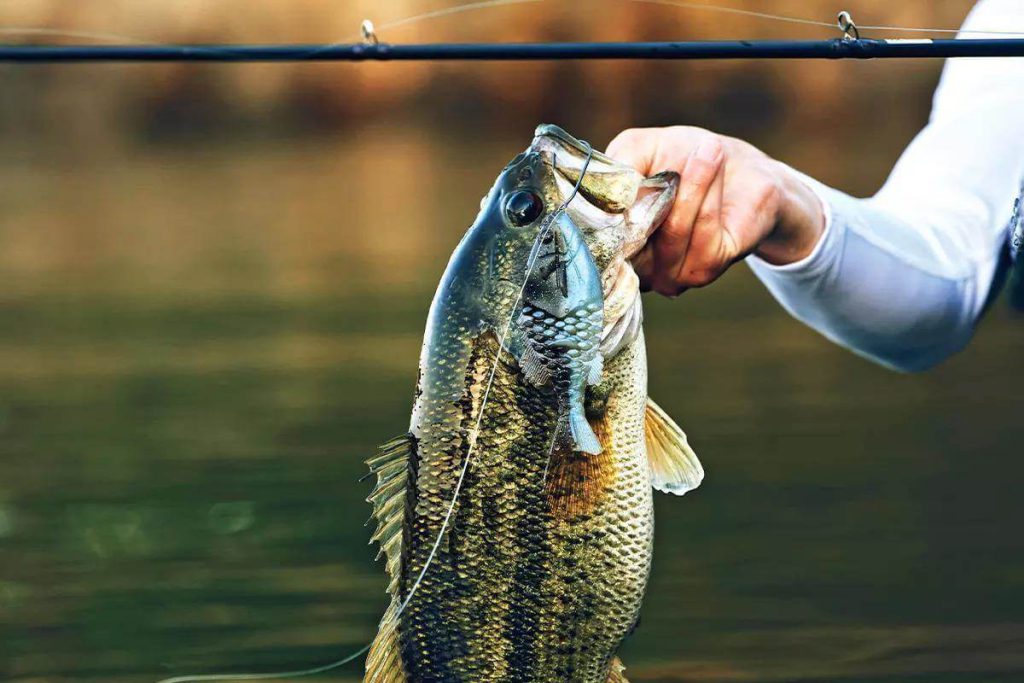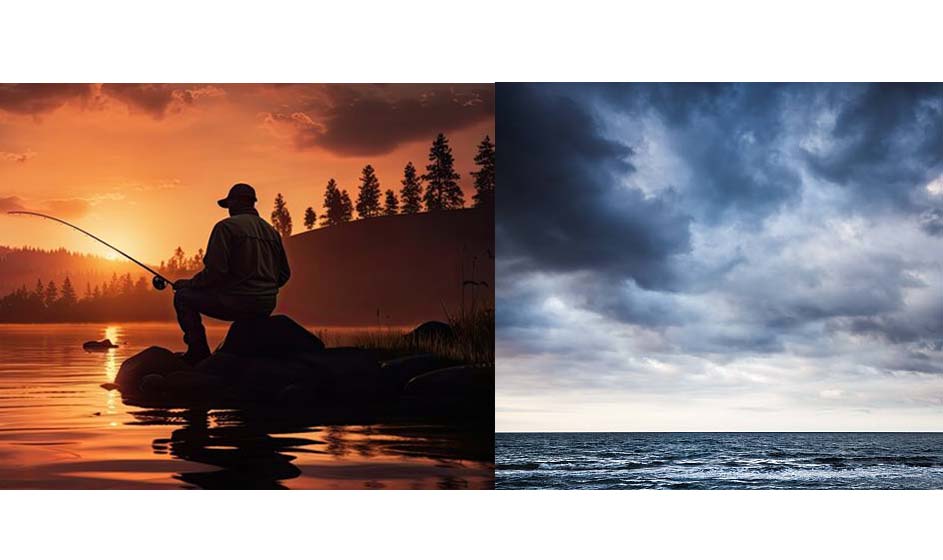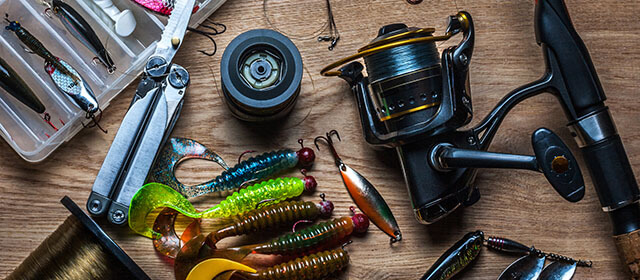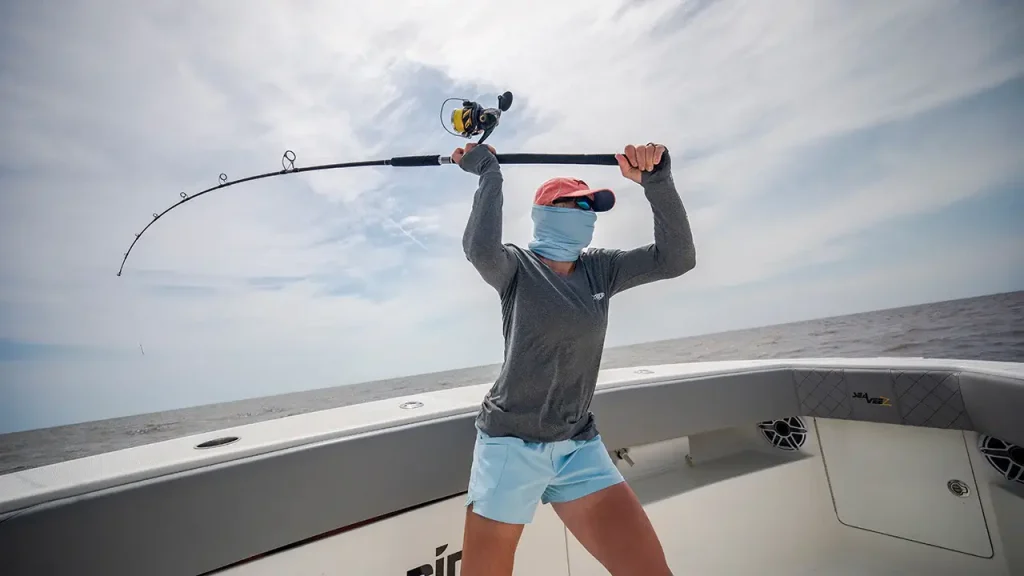Alright, bass newbies, gather ’round the campfire! Let Uncle kush – that’s right, you can call me Uncle kush – tell you a tale. A tale of a bass so big, it looked like it could swallow a watermelon whole. Yep, a true lunker that took me from sunrise to almost lunchtime to reel in. Let me tell you, the fight was epic, my arms were burning, but when I finally landed that 12-pound beast, well, that feeling? Pure magic.
That’s the magic of trophy bass fishing, folks. It’s not just about catching a fish, it’s about the challenge, the thrill of the fight, and the satisfaction of outsmarting one of the craftiest creatures in the water. But let’s be honest, those trophy bass aren’t exactly jumping into your boat begging to be caught. They take some know-how. That’s why I’m here, to share the secrets I’ve learned over years of chasing these underwater gladiators. So, grab your gear, settle in, and get ready to transform yourself from a bass-catching rookie into a trophy-bass wrangling champion!


First things first, bass aren’t like scattered pennies on the bottom of a lake. These guys are more like underwater real estate moguls, seeking out prime locations with easy access to food and comfortable living quarters. Imagine bass condos – gotta have good schools, good eats nearby, and maybe a shady spot for an afternoon nap.
We’re talking weed beds, rocky outcrops, sunken logs – anything that breaks up the open water and provides them with cover to ambush their prey. In the summer scorcher, you might find them chilling in deeper water near overhanging trees or docks, seeking some relief from the sun. Come spring and fall, though, they might be cruising the shallows on a feeding frenzy. Learning to identify these bass havens throughout the year is your golden ticket to fishing success.

Here’s the thing: bass aren’t night owls (although some might argue that point after seeing some of the crazy things they do at night). Just like you wouldn’t hit the pizzeria at 3 am expecting a slice, bass have their preferred meal times too. During the brutal summer sun, they tend to seek cooler, deeper water and might be less active in the midday heat. So, for those scorching days, focus on those pre-dawn or dusk fishing trips when the temperatures are cooler and the bass are more active feeders. Think about it – who wants to go grocery shopping when it feels like you’re on the surface of the sun? Bass are no different.
H3: Why Certain Times are Bass Bonanzas:

Alright, you’ve scouted the location, you know when to go, now let’s talk about the tools of the trade. You don’t need to go out and buy a top-of-the-line bass boat and every lure under the sun just yet. For beginners, it’s about getting comfortable with the basics and learning the ropes. Here’s what you’ll need to get started:
Rod and Reel: Look for a medium-powered baitcasting or spinning combo in the 6’6″ to 7′ range. This will give you a good balance of casting power and control for a variety of lures. Don’t worry about all the fancy features at this point – a good, basic combo will do the trick.
Line: 10- to 15-pound monofilament or braided line is a good starting point. Monofilament is a little more forgiving for beginners when it comes to casting and knots, while braid offers better feel and sensitivity.
Lures: We’ll dive deeper into lures later, but for now, keep it simple. A basic crankbait, a jig with a soft plastic trailer, and a plastic worm will cover a lot of situations. Think of them like your bass fishing starter pack.
Pro Tip: Don’t skimp on hooks! A cheap hook can mean a lost fish, so invest in some good quality hooks for your lures. Sharpen them regularly too – a dull hook won’t penetrate the bass’s tough mouth properly.

Casting might seem intimidating at first, but don’t worry, it’s a skill anyone can learn with a little practice. Imagine you’re launching a bottle rocket – a smooth, controlled motion is key. Here’s a breakdown of the basic casting steps:
You won’t always need to cast a mile. Sometimes, those short, accurate casts are the ticket, especially when fishing around docks or targeting specific cover. For short casts, use a shorter backswing and focus on a smooth, controlled motion. For long casts, let out more line and really put some power into your backswing. Practice makes perfect, so find a clear area and spend some time getting comfortable with your casting technique.
Now that you’ve got the basics down, let’s talk about lures! Think of lures as your underwater salespeople, each with their own unique way of convincing a bass to strike. Here’s a look at a few popular bass fishing lures and when to use them:
Crankbaits: These wobble and crank through the water, imitating small baitfish. Great for searching for bass in deeper water or along weed lines.
Jigs: Jigs come in various shapes and sizes, but they typically have a weighted head and a soft plastic trailer. You can hop them along the bottom, crawl them through weeds, or swim them through open water.igs are incredibly versatile and can be a deadly weapon for bass fishing throughout the year. They excel at mimicking crayfish, a favorite bass snack, and can be fished in a variety of ways to trigger strikes.
Plastic Worms: These soft plastic baits come in a mind-boggling array of shapes, sizes, and colors. They can be rigged weedless (to avoid snags) or weighted, and fished in countless ways. Their lifelike action and ability to imitate a variety of prey make them a must-have in any bass fishing tackle box.
Spinnerbaits: These flashy lures have a metal wire arm that spins as it’s retrieved, creating vibration and flash that attract bass. Spinnerbaits are great for searching for bass in murky water or around cover.
The key to lure selection is to choose something that resembles the natural food sources bass are feeding on in your local waters. In the spring, when baitfish are spawning near the shore, crankbaits or swimbaits that mimic minnows might be the ticket. In the summer, when bass are cruising deeper water, a jig with a crawfish trailer could be deadly. Do some research on the types of baitfish in your area and choose lures that imitate them.
Bass can see color, so lure color can play a role in certain situations. In clear water, natural colors like black, brown, and green might be more effective. In stained or murky water, brighter colors like chartreuse or firetiger can help your lure stand out. However, don’t get too hung up on color – sometimes, it’s the action of the lure or the way you fish it that matters most.
Now you’ve got your lure in the water, but how do you make it come alive? Different lures require different retrieve techniques to entice bass to strike. Here’s a quick rundown:
Crankbaits: These guys are pretty self-explanatory. A steady retrieve with a wobble or two will do the trick. You can experiment with retrieve speeds to see what the bass prefer on that particular day.
Jigs: Jigs can be hopped along the bottom, dragged slowly through cover, or even swam with a steady retrieve. The key is to experiment and find what works for the situation. For example, a slow drag might be deadly for lethargic summer bass, while a hopping retrieve might be more effective for aggressive spring bass.
Plastic Worms: The beauty of plastic worms is their versatility. You can rig them weedless and twitch them erratically near the surface, or weight them down and drag them along the bottom. Experiment with different retrieve speeds, shakes, and pauses to see what gets the bass interested.
Spinnerbaits: Spinnerbaits are typically retrieved with a steady, medium-fast retrieve. The flash and vibration of the spinning blade will do most of the work attracting bass. You can add in some rod twitches or jerks to create erratic action for an extra bit of flash.
Here’s the moment you’ve been waiting for – the almighty bite! It might feel like a tap, a sudden pull, or a heavy weight on the line. The key is to set the hook properly. Don’t yank the rod as soon as you feel something – instead, give the bass a second to take the lure fully into its mouth. Then, with a firm but controlled motion, sweep your rod back to set the hook.
Remember: Bass have bony mouths, so you need to set the hook firmly to penetrate. However, avoid yanking like you’re trying to water ski a bass – you can tear the hook right out.
Alright, congratulations, you’ve hooked a bass! Now comes the fun part – the fight! A trophy bass will put up a good fight, testing your skills and patience. Here are some tips to land your trophy:
Remember, bass fishing is about more than just catching the biggest fish. It’s about enjoying the outdoors, respecting the resource, and practicing good sportsmanship. Here are some things to keep in mind:
The beauty of bass fishing is that there’s always something new to learn. Here are a few ways to keep improving your skills:

Bass can be found in a variety of freshwater habitats, including lakes, rivers, ponds, and reservoirs. They’re attracted to areas that provide them with food, cover, and protection from predators. Here are some things to look for when searching for bass:
Remember that trophy bass story I promised you at the beginning? Well, here it is. I was fishing a local lake on a scorching summer day. The sun beat down, and the water looked like glass. Not exactly ideal bass fishing conditions. But I was determined. After hours of casting and practically baking in the sun, I felt a tug on my line. Not a little tap, but a full-on yank that nearly pulled the rod right out of my hand. I knew I was hooked into something big.
The fight that followed was epic. This bass was a fighter, taking drag, surging deep, and testing every ounce of my strength. For what felt like an eternity (but was probably closer to two hours), we battled back and forth. My arms were burning, my brow was dripping sweat, and I started to question my sanity for picking such a scorcher of a day to be on the water. But I wasn’t giving up. Slowly, ever so slowly, I began to gain the upper hand. The fish tired, its runs became shorter, and I reeled it closer to the boat.
Finally, after what seemed like a battle against a mythical sea creature, I saw it. A giant bass, easily the biggest I’d ever seen, emerged from the depths. Its bronze flanks shimmered in the sunlight, and its thick body looked like it could swallow a watermelon whole (no exaggeration this time!). With a triumphant scoop of the net, I landed my prize. We took a quick photo (because let’s be honest, a fish this size deserves a photo op), and I carefully released it back into the water. That day, I learned a valuable lesson: persistence pays off. And sometimes, the most rewarding catches come on the days when you least expect them.
So, there you have it, my friends. The secrets to catching trophy bass are out! Now get out there, put these tips into practice, and don’t be afraid to experiment and learn from your experiences. Remember, bass fishing is about the journey, the challenge, and the thrill of the fight. And who knows, maybe you’ll have your own epic trophy bass story to tell someday!
Even with all this information, you might still have some questions. Here are some commonly asked bass fishing questions to quench your thirst for knowledge:
Q: What’s the best time of year to go bass fishing?
A: Bass can be caught year-round, but spring and fall are generally considered the prime times. In spring, bass are actively feeding as they recover from winter and prepare to spawn. In fall, they’re feeding heavily to bulk up for the winter. However, summer nights can also be excellent for bass fishing, especially in hot weather when bass move to deeper, cooler water during the day.
Q: What kind of boat do I need for bass fishing?
A: You don’t necessarily need a fancy bass boat to catch fish. A small jon boat, kayak, or even fishing from the shore can be productive. The most important thing is to have a stable platform that allows you to cast and control your line.
Q: How can I find out about local fishing regulations?
A: Most state wildlife agencies or fisheries departments have websites where you can find information on fishing licenses, regulations, and even stocking reports that can tell you what types of fish are in a particular body of water.
Q: Is it okay to eat the bass I catch?
A: Yes, bass are a popular freshwater sport fish and can be delicious when prepared properly. However, be sure to check the advisories for mercury levels in your local waters before consuming your catch. In some bodies of water, there might be restrictions on the size or number of bass you can keep.
Q: Help! I hooked a fish, but I can’t get it off the line!
A: Don’t panic! There are tools available like needle-nose pliers or hook cutters that can help you remove a stubborn hook. If you’re barbless, you might be able to carefully back the hook out. The most important thing is to avoid injuring the fish if possible. In some cases, you might need to cut the line as a last resort.
Q: I’m hooked! Bass fishing is amazing, but where can I learn more?
A: Glad you hear it! There are many resources available to help you on your bass fishing journey. Here are a few suggestions:
Remember, bass fishing is a lifelong learning experience. The more you practice, the more you’ll learn about the sport and the more success you’ll have on the water. So get out there, have fun, and enjoy the beauty of the outdoors!